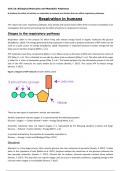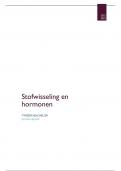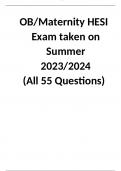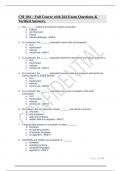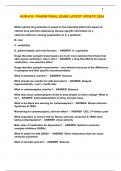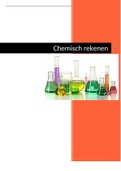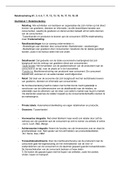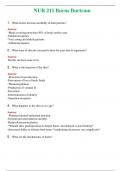Essay
BTEC Applied Science Unit 10B - Respiration in humans (Distinction)
- Institution
- PEARSON (PEARSON)
Exemplar assignment for Unit 10B, the second assignment in BTEC Applied Science Unit 10, which is about the different factors affecting respiration. This assignment contains all the criteria needed to achieve a distinction. If you take anything from this assignment, please put it in your own words...
[Show more]
